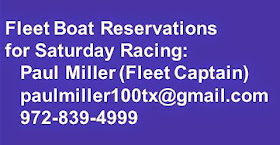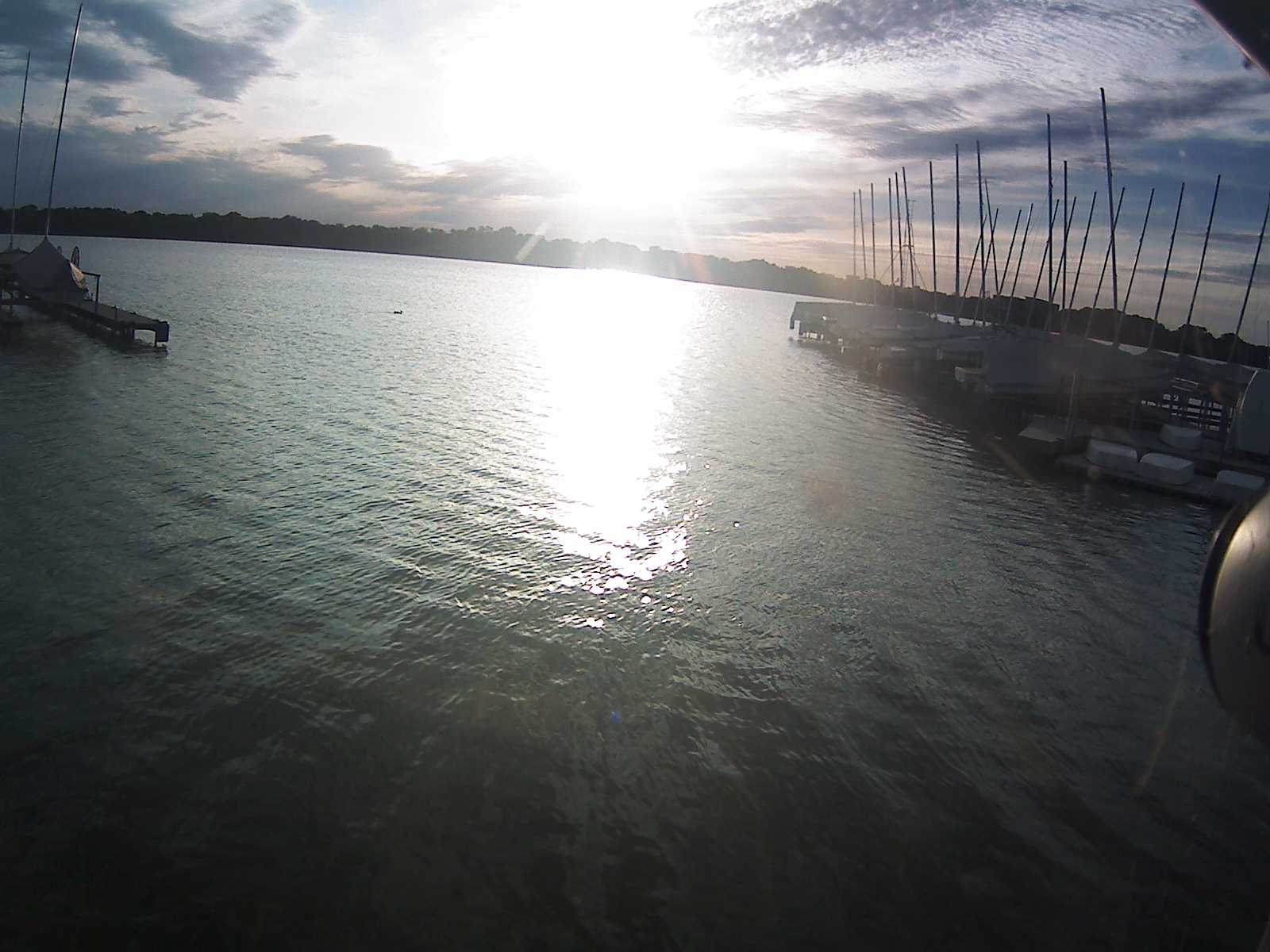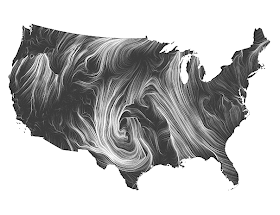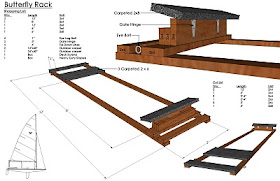DOWNWIND - PART 7: PLAYING THE PUFF
at 12.19.2011
(c) 2011 Doug Peckover
Everyone knows in lake sailing how important it is to sail in the puffs where there is more pressure. But few people understand the importance of sailing in the correct part of a puff. Sailing by the lee gives you the lateral options of sailing in any direction to position yourself for an oncoming puff. But what part of the puff do you want to catch?
To learn more, you need to stand on pavement with three glasses of water:
- The first glass you just pour out, and the splatter pattern is shown on the left.
- The second you throw at an angle, and the pattern is spread out as shown in the middle.
- The third you throw at an angle as hard as you can, and the pattern is longer and straighter as shown on the right.
The wind is also a fluid and does the same thing. At altitude it’s moving really fast. But as it gets lower, it slows down. And when it hits the water, it could have lost all of its speed and come straight down, it could have a little speed, or it could still have lots of speed:
- The pattern above on the left is for a very light breeze and explains why it can be so frustratingly shifty with the wind coming from any direction.
- The pattern in the middle is for a medium breeze and shows that the wind blows generally from the same direction, so there are not as many shifts.
- The pattern on the right is for a strong breeze where the wind direction is the steadiest.
This makes a lot of sense because the stronger the breeze, the more the momentum, and the more the momentum, the less likely the direction is going to change. It’s like riding a bike – the faster you go, the harder it is to change direction. The opposite is also true – a light breeze is almost always shiftier, as shown by the wind speed and direction at the CSC weather station:
When the wind is under 5, the wind direction is all over the place, and when the wind is over 5, the direction is mainly from the south. As a rule, the stronger the wind, the steadier the wind direction.
The last downwind article was about how to position yourself for the best puffs, and the article before that was how to catch shifts downwind while sailing by the lee. Understanding the shape of puffs allows us to put this all together to get the best of all conditions: (1) sailing in a puff for the extra pressure (2) by the lee so it’s efficient like on a reach (3) going straight downwind towards the bottom mark. It starts by facing the puff sailing by the lee at the edge of a puff where there angles are the best:
- In light air, let the sail way out and head for the mark, as shown on the left in the next diagram. This makes sense because your boat is most stable when the wind is light.
- In medium air the angles are smaller, so pull the sail in a little as shown in the middle diagram, but still head for the mark. Pulling the sail in also makes sense because your boat will be less stable.
- In heavy air, pull the sail in more and bear off to sail by the lee. This also makes sense because your boat is the least stable, plus you want to be able to carve back and forth to catch waves.
In all three, you’re sailing by the lee which is faster as described in a previous article. If the wind picks up, you pull in the sail which also helps make things more stable:
Note that the stronger the breeze, the wider the puff (not shown in these diagrams). So when it’s really windy it may be hard to even recognize the different patterns on the water. With lake sailing, the wind strength and direction is always changing, so remember to always play your main angle and boat direction to get the most lift, not drag, from your sail. Here’s your checklist:
- Where: watch for the puffs and position yourself on the outside of the puff sailing by the lee. This is easy in lighter air and more difficult as it gets windier.
- How: in lighter air, have the sail way out and head for the mark as much as possible, but sailing by the lee for speed is more important than your direction.
- When: as the wind picks up and things become unstable, bring the sail in as needed.
- Why: constantly play your sail and steer with your weight to get the feeling and keep in touch with what makes your boat feel the fastest.
For me, the most important word is “feeling” and the orchestra of feelings can be overwhelming. But with practice, you’ll learn to feel what works and what does not. And with this comes the speed needed to catch and pass other boats.
But be careful – passing at the bottom of the run may not be a good idea. In fact, you might easily give away all that you have worked so hard to gain. How you protect against this is counterintuitive and the subject of our next article.












